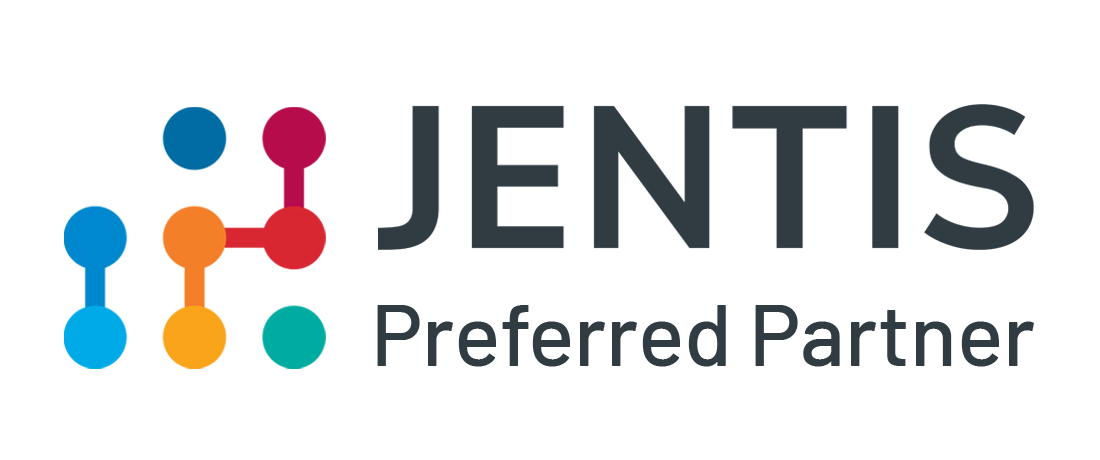In our previous post about Google Tag Manager’s Server-Side Container (SSC), we started to look at how it works. In this post, we will look at some of the key advantages that the Server-Side system will give you as well as some potential downsides.
Advantages
When it comes to the advantages Server-Side Tracking has several major ones that for the most part have to do with control over and flexibility with the data you are collecting. This impacts how you can comply with various data laws, keep your and your users data safe, ensure the most accurate data possible, decide how and where data goes and potentially make your site perform better.
1) Compliance
By intercepting data, the Server-Side Container can modify the data before it is sent to the final destination. This has great benefits for GDPR compliance, and similar privacy protections, as you can remove any information that could be used for profiling and fingerprinting before it arrives at the end destination.
The servers that the Server-Side Container functions on can be specified to a location. Therefore, this identifiable data does not need to leave the territory it was collected in (the EU most importantly for GDPR) before being removed.
Note though that manipulating and removing identifiable data may prevent some information from showing in your tools. For instance, removing or masking the users IP when sending data to Google Analytics may mean that no location data can be captured.
2) First Party Cookies
Because the data is being sent through the Server-Side Container you are able to make changes to the data being returned to the site. As such it can change the domain on which your particular tool’s cookies are set. It can set the cookie on its own domain. This means that browsers that limit or block the setting of third-party cookies will not expire prematurely or block the cookie from being set.
3) Collect Data for One Tool and Write it to Others
When data is sent from the website it may be intended for one tool but could be parsed and sent to others. This could be incredibly helpful in a number of cases. An example of this could be to take incoming hits from a Universal Analytics request, parse the data, and send it to a Google BigQuery table. This functionality is only available for Universal Analytics on the premium Universal Analytics 360 product.
4) Client-Side Load Reduction
By moving much of the processing of data to the Server-Side Container you can reduce the load on the user’s browser as it is loading your site.
5) Hiding API Keys and Client Secrets
Because the data is only sent to the final tool from the Server-Side Container all API keys and client secrets can be stored in the Server-Side Container. This avoids any chance of these being exposed on the client side. An example of this is the Google Analytics UA-ID. A third party can go to any site running Google Analytics and simply take the UA-ID off the site and put it on another and spam the Google Analytics account. We have seen this happen often over the years. With the Server-Side Tracking this would not be possible as the UA-ID can be added only on the server side and so won’t be exposed at all when the website loads.
6) Load the Tracking Script from Your Own Domain
This can be seen as both an advantage and disadvantage of Server-Side Tracking. Because the Server-Side Container can make calls directly to the tools in question, the Server-Side Container can be used to retrieve the JavaScript file that most tools (GA, Facebook, LinkedIn etc…) pull into the site. Once retrieved it can send the file to the site. This means you can avoid making calls to third party sites directly from the user’s browser and can help you to stop any unwanted scripts being pulled in. As this file will be sent from its own domain (if the SCC is set up this way) then services that automatically block known trackers (i.e. browsers like Firefox, Safari, and Brave) will not recognize the file as a tracking script. This is not always guaranteed as your site’s own domain may eventually be identified as a tracker by these services. It is important to remember that your analytics program should always respect the user’s privacy choices.
Disadvantages
There are a handful of disadvantages and scenarios to Server-Side Tracking that you should be aware of. These points are either about the extra lifting it takes to run the Server-Side Tracking as well as some of the pitfalls of being more responsible for your own data’s accuracy and your user’s privacy.
1) Technical Expertise
While some of the more technical aspects of Server-Side Tracking, such as the coding of Clients, are not absolutely required there are still some technical barriers to clear. These include the setting up of the initial server instance and provisioning of redundancy servers when you take your solution live.
2) Data Accuracy Depends on You
If you are coding a client or tag, then the responsibility for making sure that data reaches its destination in the correct format is down to you and your code. This means there is some added room for mistakes to occur. You are also responsible for ensuring that the data sent is legally permitted to be sent.
3) Cost
Unlike the Google Tag Manager web container, there are costs involved with Server-Side Tracking. To run the Server-Side Container, it needs to be created on the Google Cloud infrastructure using its App Engine feature additionally you will need it running on a few server instances to account for redundancy and capacity. You will have to pay for these instances. Of course, the more servers you run and the more data you send the higher the cost.
4) Privacy Concerns
We have already touched on this but a concern with Server-Side Tracking is that it makes it easier to circumvent some of the measures your users put in place to prevent tracking. It is important to make sure that user’s privacy decisions are respected and that the relevant laws and regulations are abided by.
In case you would like to hear more about Server-Side Tracking just leave us a message and we will gladly get back to you to discuss your questions and requirements.









